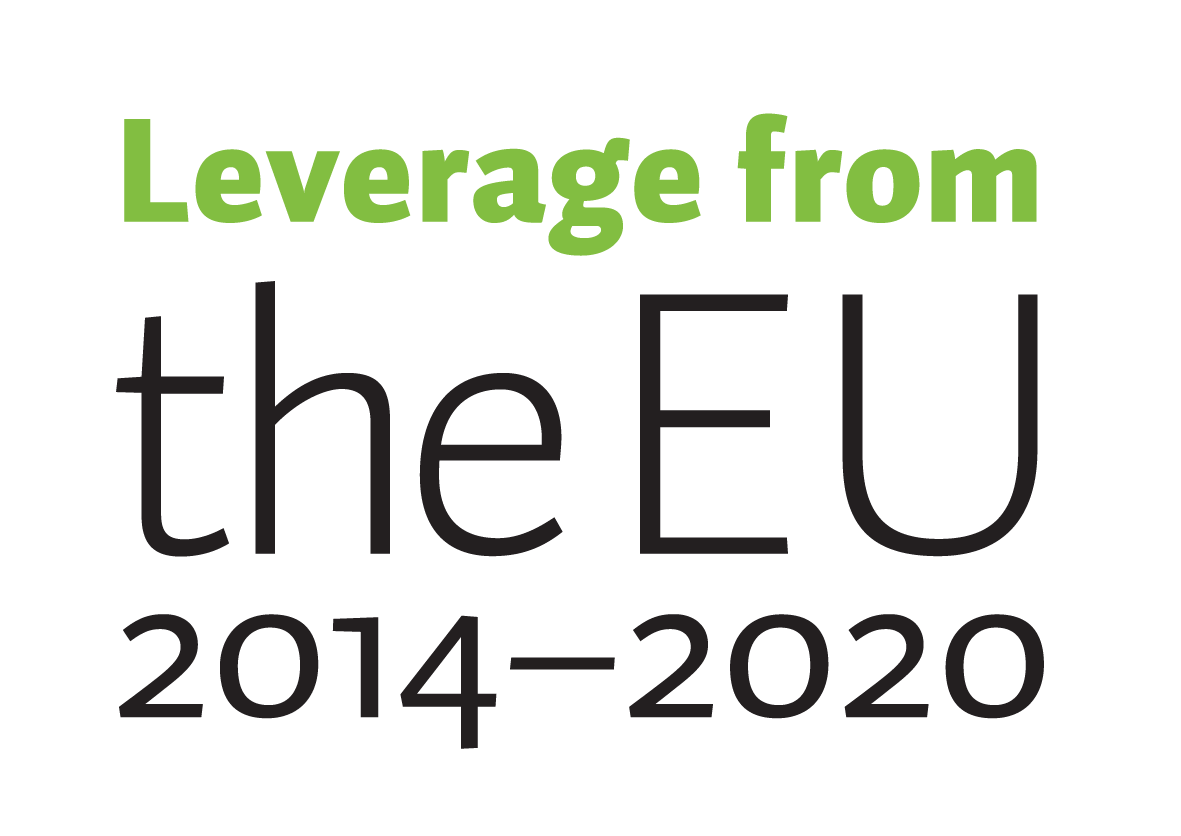Roads will be gradually occupied by automatic vehicles in the coming decades. Automation is believed to improve traffic safety and expedite traffic. As automatic driving becomes a part of traffic, many continue to wonder whether self-driving cars can manage in challenging and extreme weather conditions. Finland and Lapland, in particular, are becoming profiled as a pioneer in testing automatic driving in winter conditions.
Automatic driving should not have any problems in normal conditions, but the conditions are not always normal. The development work requires testing in extreme conditions as well. Automatic driving poses its challenges to the road under the vehicles, so the development of road condition management requires research information as well.
The world’s first Arctic testbed for intelligent traffic in Lapland
The world’s first Arctic test bed for intelligent traffic systems and automatic driving has been built in Fell Lapland, on Finnish national road 21. The Aurora Intelligent Road is a nine-kilometre section of an instrumented road that serves as a testbed for automatic traffic and a center of excellence in the Arctic conditions of Lapland. The road section is used for testing and researching traffic automation and automatic driving. The research also yields information regarding how automatic driving affects roads and what it requires from road maintenance.
On the Aurora Intelligent Road, snow poles serve as beacons for automated vehicles in snowy and icy conditions. Laser scanners scan the road surface and a fast 5G online connection is used to transfer real-time information between networked vehicles and the infrastructure. Additionally, an HD map provides automated vehicles with accurate information about the road and its surroundings in virtual form.
The Aurora Intelligent Road is an open test environment in Lapland for all operators. Operators are free to use the data collected from the road and its surroundings through the Digitraffic service. The intelligent road’s telematics, equipment, and testing support functions, as well as coordinating and granting permits for test operations, are under the responsibility of Intelligent Traffic Management Finland (ITMF). In turn, the implementation of intelligent traffic co-operation and projects is under the responsibility of the Finnish Transport and Communications Agency Traficom.
2019 will see the conclusion of the Arctic Challenge research project, in which solutions are sought to the challenges of road traffic automation in snowy and icy conditions. The project has involved an examination of how networked and automatic vehicles perform on roads in winter conditions and what kinds of support systems a successful performance requires.
The unique testing area for intelligent traffic in Arctic conditions creates business opportunities for Finnish and international businesses alike. A market-based network for utilizing the possibilities of the intelligent road is being formed with Aurora Snowbox Oy leading the project.
Managing Director Reija Viinanen from Aurora Snowbox Oy says that the goal is to become the internationally best-known testing area for intelligent traffic and automatic driving in cold and snowy conditions by 2022.
– Aurora Snowbox provides the world’s best winter testing environment and a network of operators to support testing operations. Our goal is to establish commercial co-operation with the leading international test centers, the testing conditions and other needs of which will be complemented with special characteristics based on the winter of Lapland. Aurora is ahead of its time, but when it comes to technology, that is not a problem. No car moves without winter testing – not even a robot car, Viinanen concludes.
Cutting-edge technology for diagnosing traffic infrastructure
Making the development of intelligent traffic systems and automatic driving possible requires suitable infrastructure that can withstand challenging conditions. One trailblazing business in the development of traffic infrastructure is the Lapland-based Roadscanners Oy, which has customers in around 60 countries on all continents. Roadscanners uses the latest technology to collect information about traffic infrastructure, roads, bridges, and streets.
– Instead of just monitoring symptoms, we fix the root causes that have been causing problems. For example, when it comes to roads, it is common that only the symptoms of problems are treated, whereby the fixing process has to be repeated again and again, says the company’s CEO Timo Saarenketo.
– In this case, roads, bridges, and airfields are prevented from wearing out, Saarenketo concludes.
Digitalization plays a key role in Roadscanners’ operations in developing traffic infrastructure. The company uses laser scanning technology to obtain information about traffic route surfaces and surroundings, as well as ground radar technology when collecting information from under the surface about the cladding, the substructure, and other relevant elements.
The company has uniquely developed ground radar technology to measure the humidity levels under the surface. This technology has been utilized in countries such as New Zealand. Saarenketo says that many locations have serious problems caused by heavy rains resulting from climate change, as the water is absorbed into road structures or erodes them.
Roadscanners’ flagship is the Road Doctor Survey Van, a special vehicle designed to monitor the condition of the road. Saarenketo describes the vehicle as a mobile road laboratory. This measurement vehicle was designed for collecting and analyzing information and to measure and report almost everything there is to know about the structural or operational condition of the road.
Road condition optimization for automatic driving
Roadscanners Oy has been involved in the Aurora project from the start. Saarenketo says that the company is not in the business of developing automatic driving itself, but is instead interested in how the vehicles stay on the road in winter and other conditions. For example, in the now concluding Arctic Challenge project, Roadscanners has tested the use of delineator posts and intelligent snow poles to support the performance of networked and automatic vehicles in challenging road and weather conditions in Lapland.
– One additional risk related to automatic vehicles is that they travel on an exactly pre-determined lane. Conversely, when people drive, their driving lines deviate from one another approximately 40 cm, says Saarenketo, adding that introducing a new vehicle type such as this without addressing the problems involved would create serious problems in terms of road rutting.
Monitoring the quality of road management and maintenance is also an area in which intelligent traffic systems pave the way. For monitoring the quality of asphalt, Roadscanners Oy has developed equipment and software that can be used to ensure the quality and homogeneity of the pavement in real-time.
One of the fundamental ideas behind automatic driving is the reduction of accidents caused by human error. In addition to this, efficiency, environmental reasons, comfort, uniformity, and usability are highlighted in the development and research operations carried out around the Aurora Intelligent Road. Saarenketo explains that one of the most important goals of intelligent traffic is to integrate intelligent traffic and the information collected by the robots involved in road maintenance control systems, resulting in safer roads and reduced annual costs.



